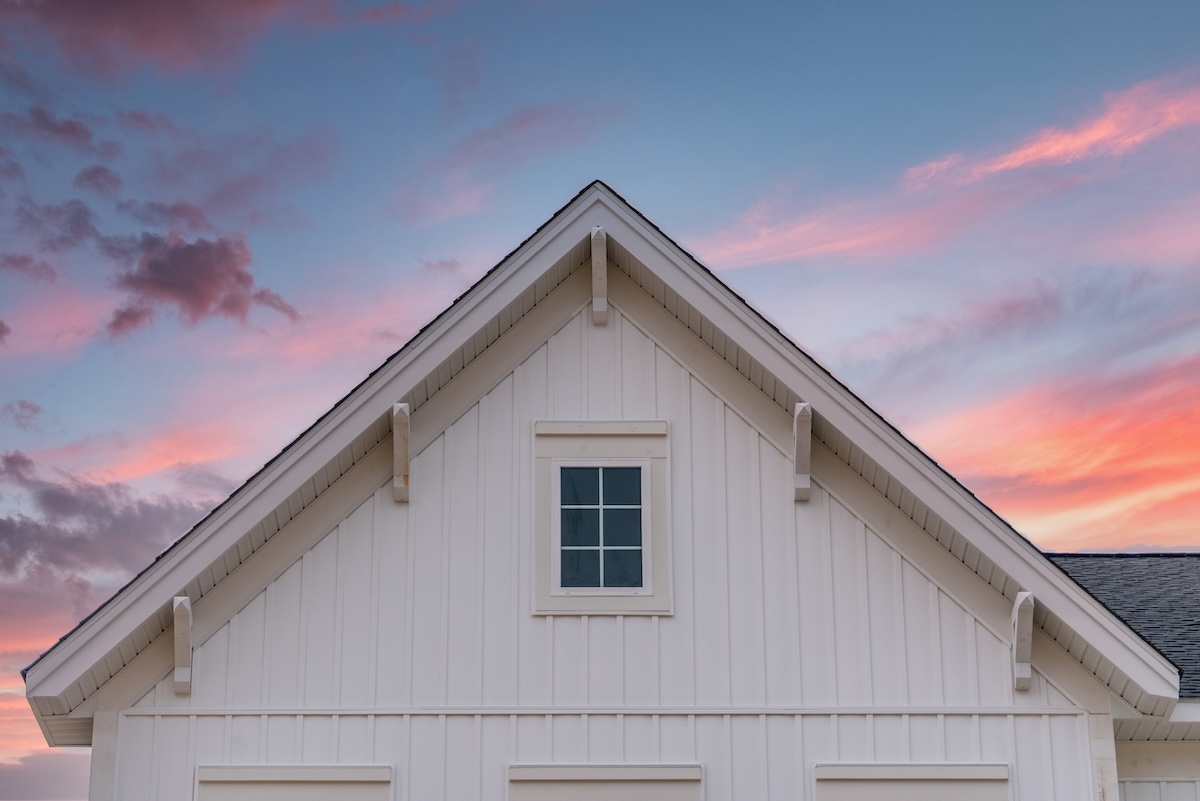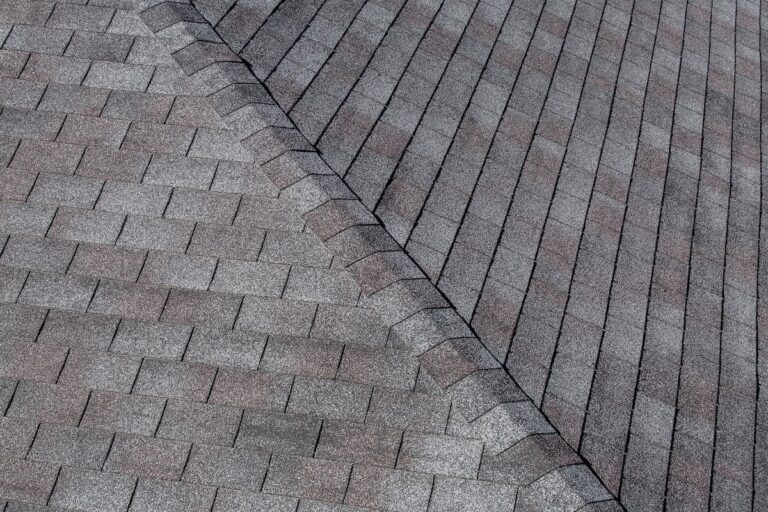Board and batten siding is a timeless, eye-catching exterior design that combines charm and durability for homes of all styles. It’s grown in popularity among homeowners looking to boost curb appeal with a farmhouse, rustic, or modern flair.
- Vertical design appeal: Creates a distinct, structured look that stands out from traditional horizontal siding.
- Customization options: Available in wood, fiber cement, engineered wood, and vinyl.
- Long-lasting protection: Offers excellent durability when installed properly with quality materials.
If you’re considering this style for your next home upgrade, here’s what you need to know about board and batten siding, including what it is, which materials are best, and how it’s installed.
🤔 What Is Board and Batten Siding?
Board and batten siding is a style of exterior cladding made by alternating wide boards with narrow strips (called battens) that cover the seams between them. The result is a bold, layered look that emphasizes vertical lines and adds texture to your home’s exterior.
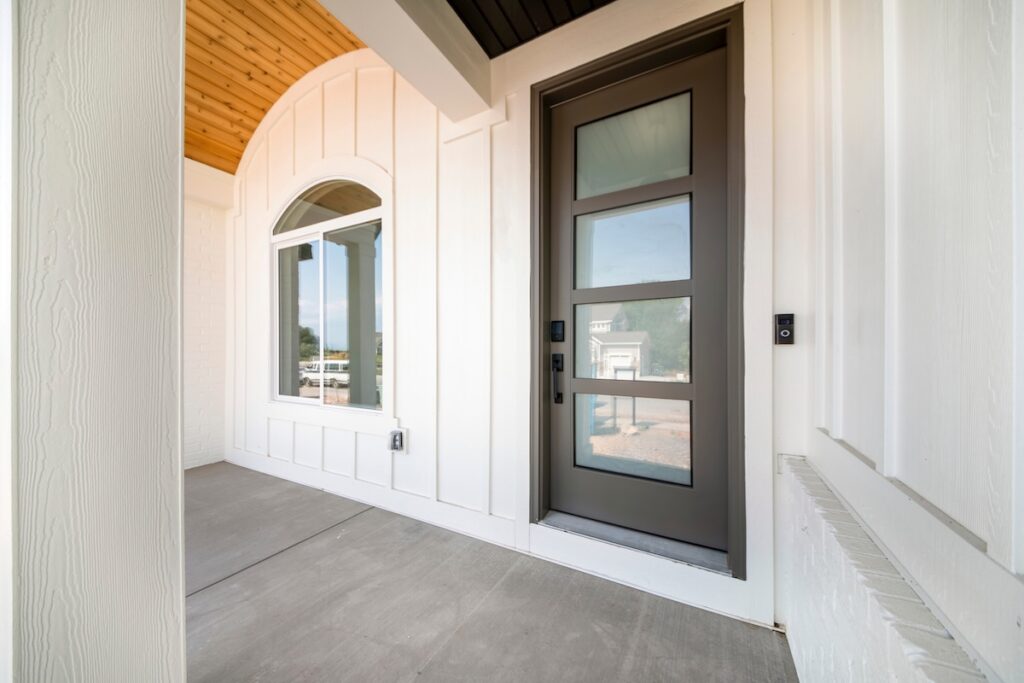
Traditional Meets Modern
While originally popular on barns and farmhouses, this siding style has evolved into a favorite for modern homes, craftsman bungalows, and cottages. Depending on the materials and colors you choose, it can deliver a classic or contemporary aesthetic.
How It Works
The wide boards are typically installed vertically across the siding surface. Battens are then nailed over the seams where the boards meet, helping to seal the joints and enhance the visual depth of the design. This combination not only boosts curb appeal but also adds a weather-resistant layer to your home’s exterior.
⭐️ Most Common Materials for Board and Batten Siding
The material you choose for your siding affects everything from aesthetics to maintenance needs. Here are the most popular options for board and batten.
Wood
Wood remains the traditional and most authentic choice, offering unmatched warmth and character.
- Classic appearance: Nothing beats real wood for natural beauty.
- Paint and stain flexibility: Customize your finish with any color or stain.
- Maintenance required: Needs sealing and regular upkeep to resist moisture and pests.
Fiber Cement
Fiber cement offers the appearance of wood without the high maintenance, making it a great choice for long-term durability.
- Highly durable: Resistant to fire, insects, and rot.
- Low upkeep: Holds paint longer and requires less maintenance than real wood.
- Heavy material: Requires proper installation and support structure.
Engineered Wood
Made from treated wood fibers and resins, engineered wood combines the look of real wood with improved strength.
- Budget-friendly: Less expensive than natural wood or fiber cement.
- Lightweight and easy to install: Cuts easily and installs faster.
- Vulnerable to moisture: Must be installed correctly and kept sealed to avoid damage.
Vinyl
Vinyl board and batten offers a modern, cost-effective solution with very little maintenance.
- Affordable option: Ideal for homeowners on a tighter budget.
- Fade-resistant: Won’t peel, chip, or need repainting.
- Less realistic texture: Doesn’t have the same grain or depth as real wood.
✅ Pros and Cons of Board and Batten Siding
Choosing this type of siding means understanding its full range of advantages—and some tradeoffs.
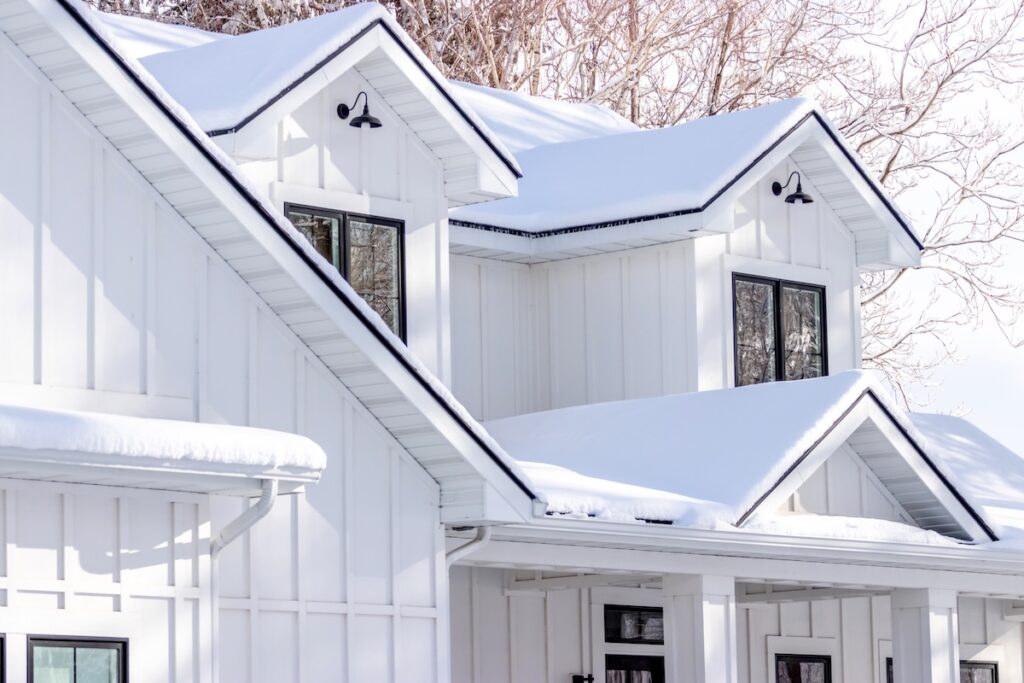
Pros
- Timeless look: Works well on both historic and modern homes.
- Vertical design advantage: Can visually elongate your home’s exterior.
- Versatile materials: Choose from wood, vinyl, fiber cement, or engineered wood.
- Boosts value: Improves curb appeal and marketability.
Cons
- Installation complexity: Vertical siding can be more labor-intensive.
- Upkeep depends on material: Wood options need more maintenance than synthetic ones.
- Potential moisture risk: Improper installation can lead to trapped water behind boards.
📋 7-Step Installation Process for Board and Batten Siding
Installing board and batten siding requires careful planning, especially with vertical application. Here’s a step-by-step overview of how professionals get the job done:
- Prepare the Wall Surface: Old siding is removed and the surface is inspected for damage. Any necessary repairs to the sheathing or framing are completed before moving forward.
- Install House Wrap or Vapor Barrier: A protective barrier is added to prevent water infiltration and improve energy efficiency. This layer is essential, especially in wetter climates.
- Mark the Layout: Vertical guidelines are chalked or marked to ensure even spacing of the boards and battens. Layout planning is critical to avoid uneven gaps.
- Install Vertical Boards: Wide boards (usually 8-12 inches) are fastened vertically across the wall. Installers leave a small gap between boards to allow for expansion and drainage.
- Secure the Battens: Narrow strips, or battens, are nailed over the seams between the boards. This helps seal joints and adds the signature look of the siding.
- Trim Doors and Windows: Edge and corner trim pieces are installed to create a clean, finished look around all openings. Flashing is used to direct water away from joints.
- Caulk and Paint (If Needed): Any gaps are sealed with caulk, and if using wood or engineered wood, the surface is primed and painted or stained for weather protection.
⭐️ Design Tips for a Stunning Finish
The appeal of board and batten siding isn’t just in how it’s built—it’s also in how it’s styled. Use these design tips to get the most out of your exterior makeover.
Combine With Other Siding Styles
You don’t have to cover your entire home in board and batten. Mixing it with horizontal lap siding or shingles can add architectural interest and texture variation.
Choose Bold Colors
While white and beige are classic, dark blues, blacks, and deep greens have become popular for a modern twist on a rustic design.
Highlight Architectural Features
Use board and batten on dormers, gables, or entryway bump-outs to draw attention to unique aspects of your home’s structure.
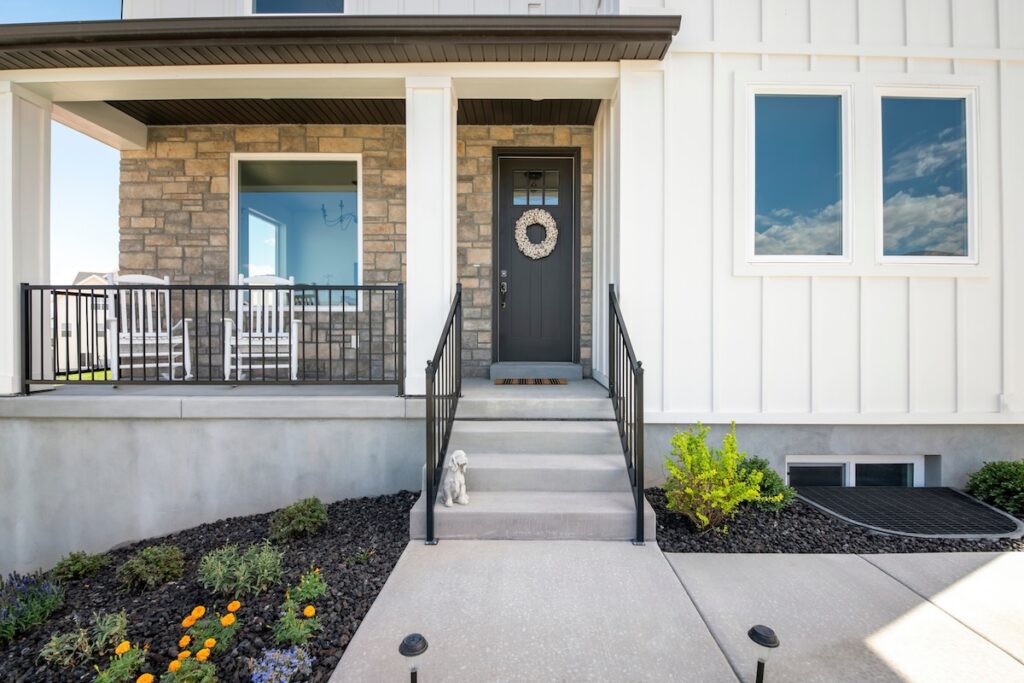
🤔 Is Board and Batten Siding Right for You?
If you’re looking for a unique, durable, and visually striking exterior, board and batten siding could be the perfect fit. It’s suitable for a range of home styles and climates, and the variety of material choices means there’s an option for nearly every budget.
- Best for: Homeowners who want a farmhouse, craftsman, or modern aesthetic.
- Ideal materials: Fiber cement for longevity, vinyl for low maintenance, or wood for authenticity.
- Professional installation recommended: Especially for wood or fiber cement versions due to weight and moisture considerations.
🤝 Trust Johnson Restoration for Expert Siding Installation
Board and batten siding offers the perfect blend of beauty and performance, when installed the right way. At Johnson Restoration, our team brings years of craftsmanship and experience to every siding project, helping you choose the best materials, styles, and finishes to enhance your home.
Thinking about upgrading your home’s exterior? Contact Johnson Restoration today to schedule your siding consultation and get started on a beautiful, long-lasting transformation.
